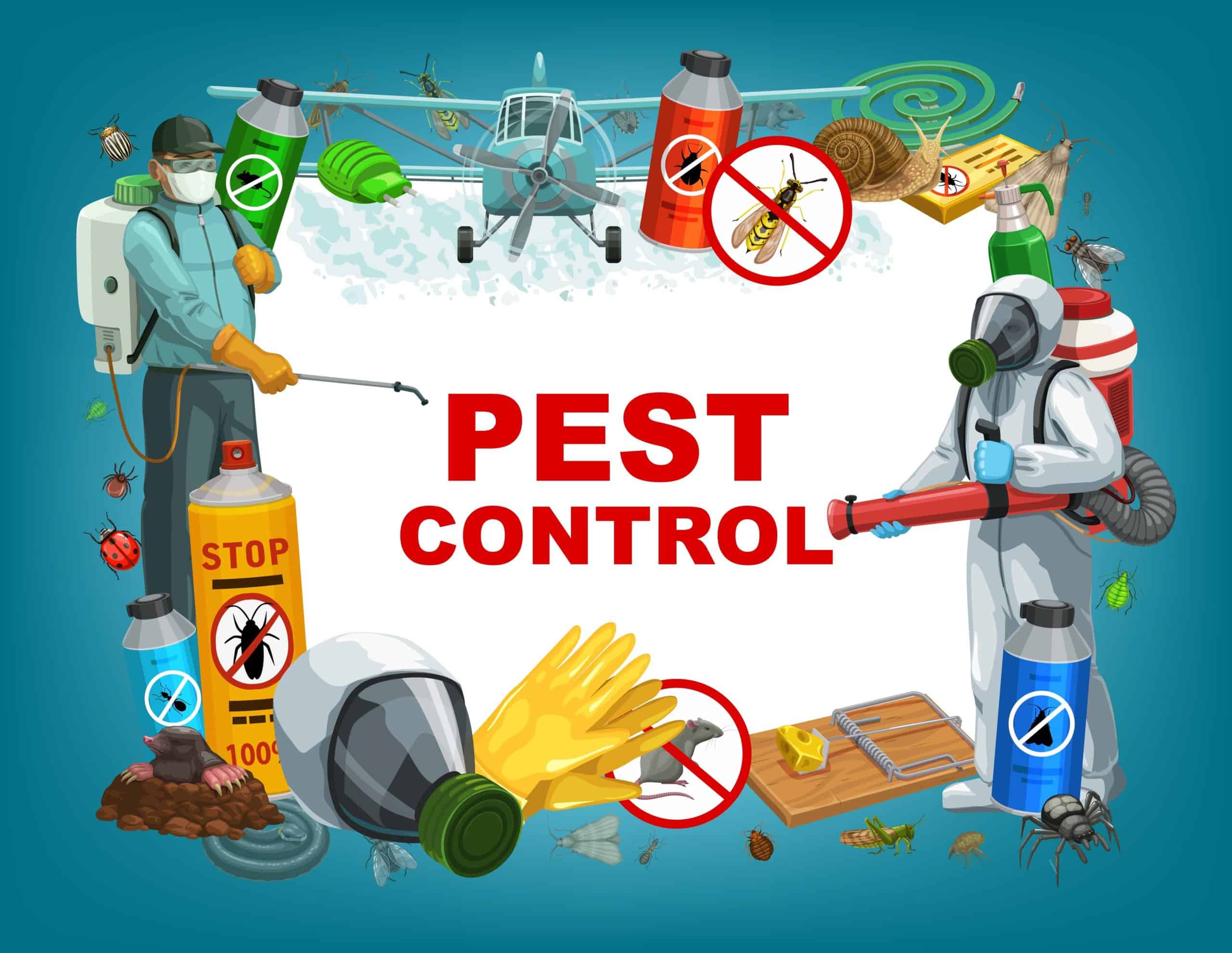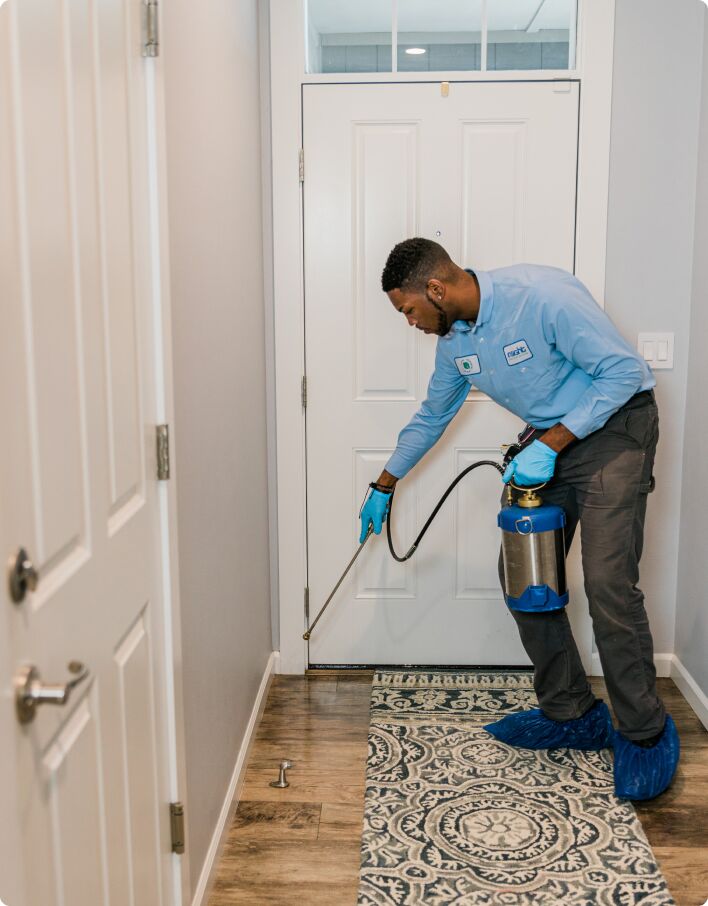Efficient A1 Bed Bug Treatment in Charlotte - Safe and Proven Methods
Efficient A1 Bed Bug Treatment in Charlotte - Safe and Proven Methods
Blog Article
Bed Bug Therapy Malfunction: Contrasting Chemical Vs. Non-Chemical Solutions
In the realm of parasite control, especially when taking care of the relentless issue of bed bugs, the choice between chemical and non-chemical treatment services can be a crucial one. Both approaches use distinctive benefits and drawbacks, influencing variables such as efficiency, security factors to consider, and overall price. By taking a look at the nuanced information of each technique, a more clear understanding of which course to go after in addressing a bed bug invasion can be attained.
Performance of Chemical Therapies
Chemical treatments for bed bug infestations have actually been extensively identified for their rapid and powerful effectiveness in eradicating these parasites. When considering the efficiency of chemical treatments, it is crucial to recognize that they can offer a fast and detailed option to a bed bug trouble.
In addition, chemical therapies have the benefit of offering residual results, meaning that they can continue to eliminate bed pests even after the first application. This residual action is specifically useful in combating any type of possible re-infestations. In addition, the quick action of chemical treatments can bring relief to people dealing with serious bed insect problems, permitting them to reclaim control of their home rapidly.
Safety Worry About Chemical Solutions
One important element that requires cautious consideration when using chemical remedies for bed pest treatment is making certain the safety and security of residents and the atmosphere. Exposure to particular chemicals made use of in bed bug therapies can lead to respiratory system issues, skin irritability, or other negative reactions, particularly in individuals with pre-existing problems or level of sensitivities.
Moreover, the environmental effect of chemical remedies is one more significant consideration. Some pesticides used in bed bug treatments may be unsafe to beneficial insects, wild animals, and ecological communities if they seep right into the soil or water systems. It is necessary to use chemical therapies carefully, complying with security standards, and thinking about much less hazardous choices to minimize these dangers and ensure the reliable and risk-free administration of bed pest problems.
Benefits of Non-Chemical Strategies
Taking into consideration the potential security issues and environmental effect linked with chemical solutions for bed pest therapy, checking out non-chemical approaches presents an appealing option with numerous distinct advantages. Non-chemical methods provide a more secure option for families, especially those with family pets, people, or youngsters delicate to rough chemicals. These techniques get rid of the dangers of direct exposure to hazardous compounds, minimizing the possibility for unfavorable health effects. Moreover, non-chemical treatments are eco pleasant, as they do not add to air or water air pollution, making them a sustainable option for parasite control.
Furthermore, non-chemical solutions can be reliable in targeting bed bugs, consisting of hard-to-reach locations where chemical treatments might not permeate. Methods such as warm therapy, vacuuming, heavy steam cleaning, and mattress encasements give thorough obliteration without making use of damaging internet chemicals. Moreover, non-chemical methods can be much less disruptive, requiring very little preparation and enabling quicker reentry right into dealt with locations. Overall, selecting non-chemical bed bug therapy techniques not just prioritizes safety and security and environmental management yet additionally makes certain efficient and extensive insect control.
Limitations of Non-Chemical Treatments

Additionally, non-chemical treatments often require multiple applications to attain effective obliteration. This can be lengthy and may not constantly assure complete removal of all bed insects and their eggs, specifically in concealed or hard-to-reach locations.
Moreover, the success of non-chemical treatments greatly relies upon proper application and thoroughness, which can be challenging for individuals without specialist proficiency. Insufficient application of non-chemical approaches might cause incomplete removal, causing consistent problems and the need for additional therapies.
Therefore, while non-chemical treatments have their advantages, it is necessary to acknowledge these restrictions and consider them when establishing the most reliable method for handling bed pest problems.
Expense Comparison: Chemical Vs. Non-Chemical Options
Provided the constraints related to non-chemical treatments, an essential element to evaluate in the context of bed bug administration is the cost contrast in between chemical and non-chemical alternatives. Chemical therapies typically involve the application of pesticides by specialists, which can range from $250 to $900 per area, depending on the seriousness of the infestation and the dimension of the area to be dealt with. On the other hand, non-chemical treatments like heat treatment or vapor can be a lot more expensive, with prices ranging from $1,000 to $6,000 for an entire home. While the first price of chemical treatments may appear reduced, numerous treatments might be needed to totally get rid of the invasion, possibly raising the total price. On the various other hand, non-chemical choices might provide an extra green and sustainable option, although they can be cost-prohibitive for some people. Ultimately, when considering the cost of bed pest therapy choices, it is necessary to consider the ahead of Read Full Report time expenses versus the efficiency and long-term sustainability of the selected technique.
Final Thought

Considering the possible safety issues and environmental influence associated with chemical services for bed bug treatment, checking out non-chemical techniques presents an appealing alternative with a number of distinctive advantages.Provided the limitations associated with non-chemical treatments, a vital facet to review in the context of bed insect management is the price comparison between chemical and non-chemical alternatives. In contrast, non-chemical treatments like heat therapy or vapor can be much more pricey, with expenses varying from $1,000 to $6,000 for an entire home. While the first cost of chemical therapies might seem reduced, multiple treatments might be required to completely eradicate the invasion, possibly boosting the overall cost.In verdict, when contrasting chemical and non-chemical bed pest treatment choices, it is vital to consider effectiveness, safety, advantages, restrictions, and expense.
Report this page